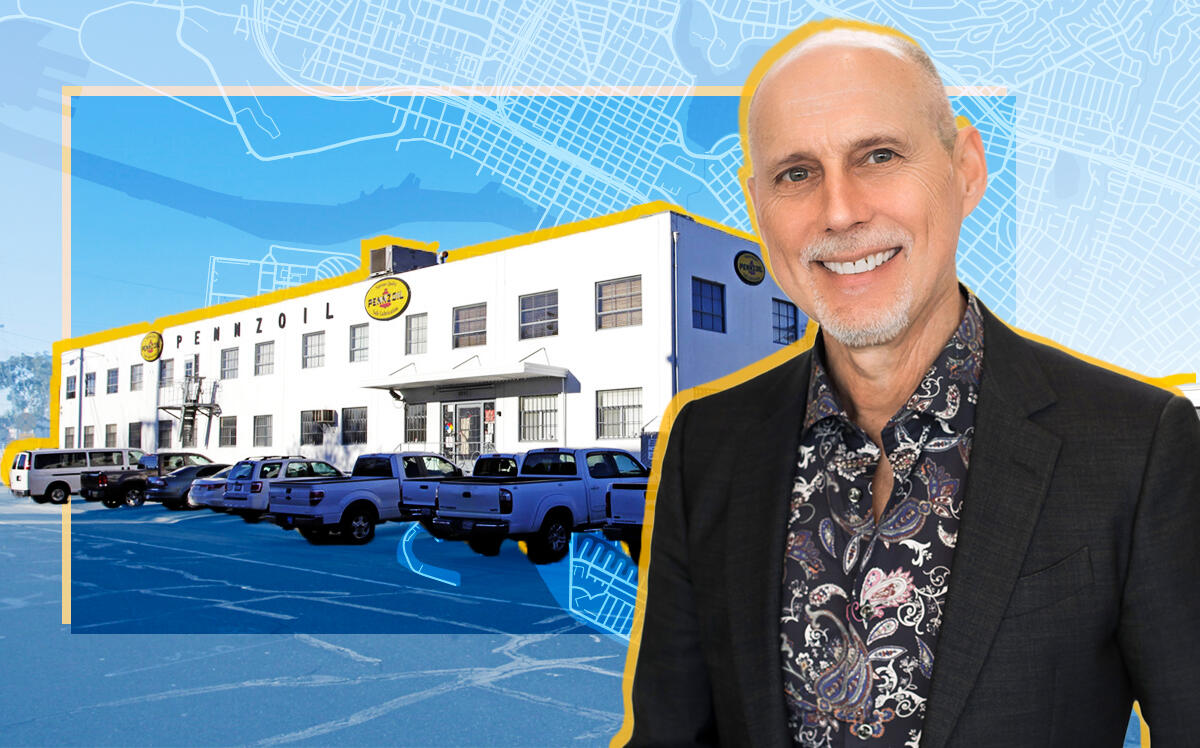San Ramon-based Trumark Homes received unanimous approval from Alameda’s Planning Commission to pursue a 90-townhome development near the eastern waterfront of the city.
Alameda has bucked statewide trends of developing small housing units, and has opted instead to build a smaller number of larger homes.
The development will be located at 2015 Grand Street and sits on a 4.14-acre parcel. The site is currently a vacant parcel initially developed in 1952 as a Pennzoil petroleum mixing and packaging facility, then used for distribution until closing in 2020. The Planning Commission granted Trumark the option to purchase the property from Shell Oil.
The project includes 14 buildings with four to nine townhomes in each building. Trumark proposes to deed-restrict four units for very low-income households, five for low-income households, and six for moderate-income households. The units will consist of a mix of two-bedroom and three-bedroom residences. The floor plans will range from 1,600 to 2,000 square feet in size.
The project features two different types of designs; buildings north of Clement Avenue will feature a stucco-clad design and buildings south of Clement Avenue will feature stone veneer. Each unit will have room one or two vehicle parking spaces.
Alameda has given approval to larger unit projects, which some members in the city have questioned due to the housing shortage in the city and bay area at large. A few weeks ago the Planning Commission approved San Francisco-based Camel Partner’s 227-unit development where units range from 800 square feet to 1,100 square feet. Also, Los Angeles-based Landsea Homes is bringing 182 townhomes to the city’s marina with units ranging from 1,500 to 2,700 square feet.
Alameda isn’t the only Bay Area city opting for projects with less housing units and larger sizes. Fremont also approved a 90-unit market rate project with an average 1,200 square feet per unit. Members of its Planning Commission questioned why the developer, Menlo Park-based SPSD Development, did not make smaller units to address the city’s and Bay Area’s housing shortage.
“I realize this (excessive parking) is a convenience for businesses around there, but this strikes me as a missed opportunity,” Robert Daulton, Planning Commission chair, said. “There is one 560-square-foot apartment. We could have more of those and allow a greater range of people to live there.”
There are currently 680,000 multifamily units in the Bay Area market, with another 91,000 in the pipeline already approved or waiting for approval, according to a fourth quarter report by Northmarq.
The state has prioritized building more housing units to address California’s housing shortage. Gov. Gavin Newsom has put forth programs to incentivize cities to build a lot of homes fast, including the awarding of $1 billion in state funds to cities to build 2,800 new homes.
California cities are feeling the political pressure more than ever to meet their housing element deadlines or risk losing local control on their ability to approve or deny projects that have a certain threshold of affordable units. A 1990s provision in state law, known as builder’s remedy, was invoked in Santa Monica when developer WSC Communities filed to build 4,000 units after the Southern California city failed to meet its deadline to have a compliant housing element.
These pressures encourage cities to pursue projects with smaller units to have a greater number of units that meet state criteria. Alameda’s townhomes, on the other hand, seem tailored to families, rather studios or one-bedroom units for single individuals or couples.
Read more



